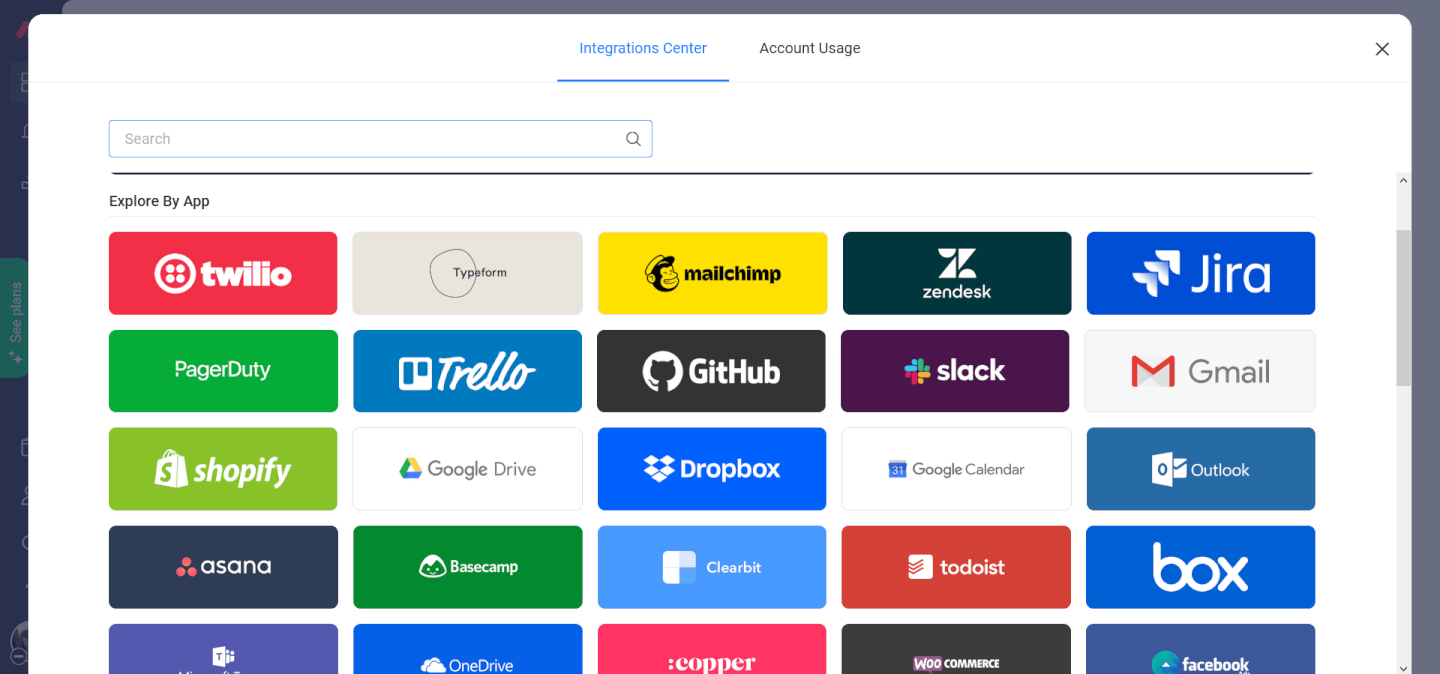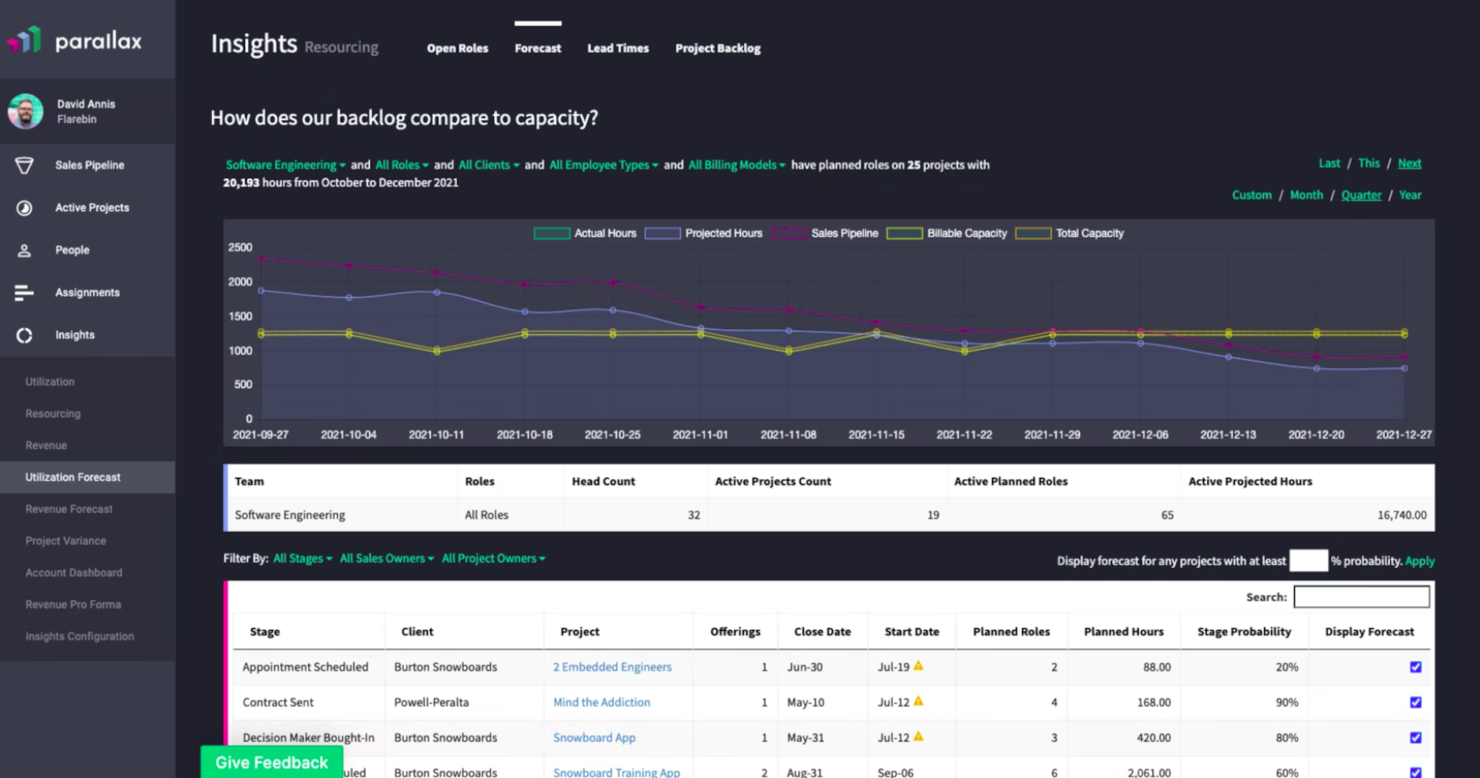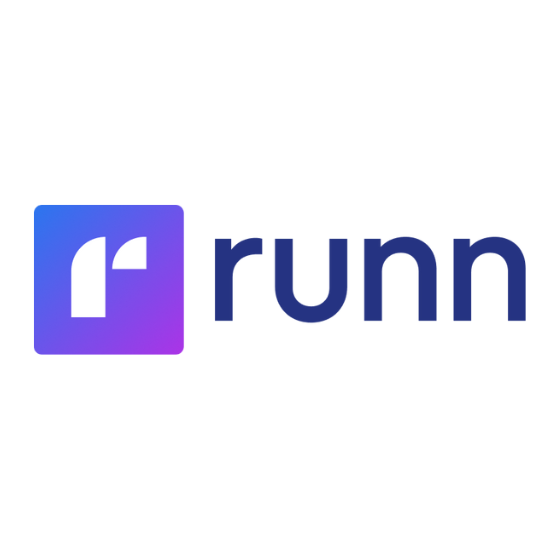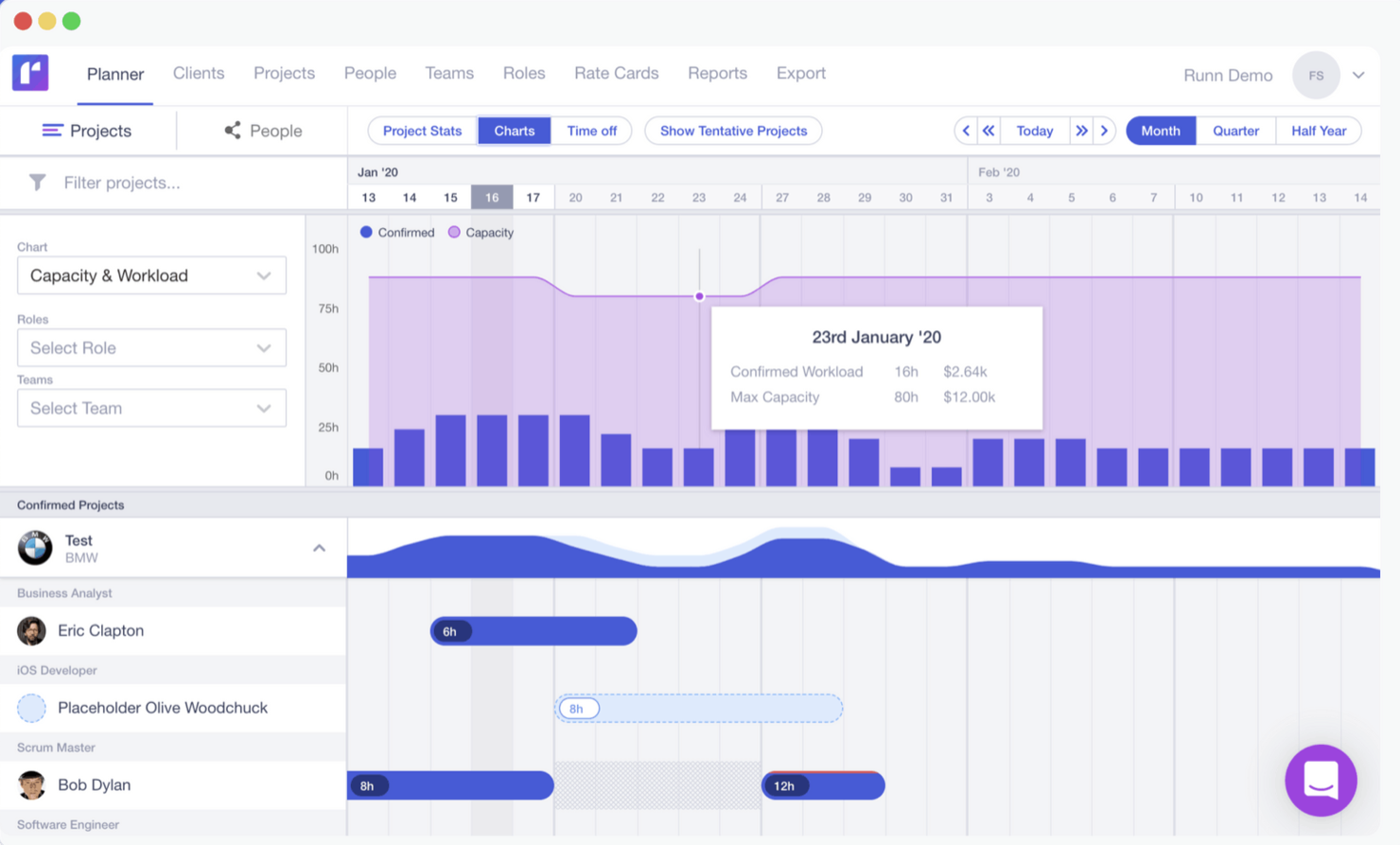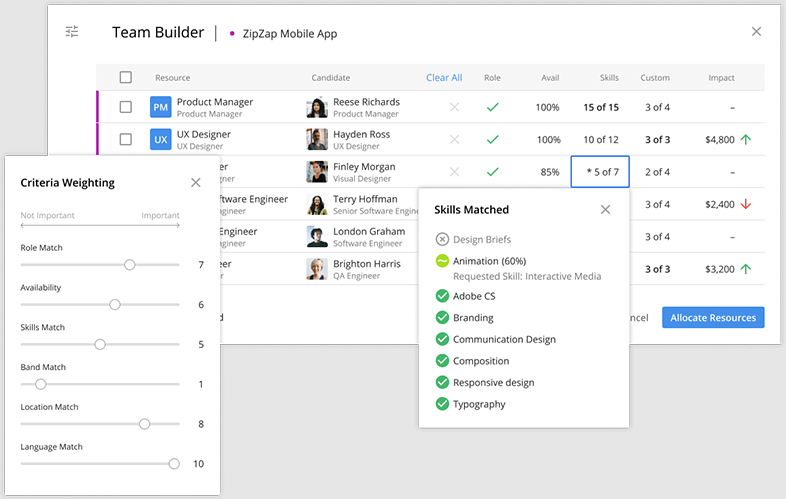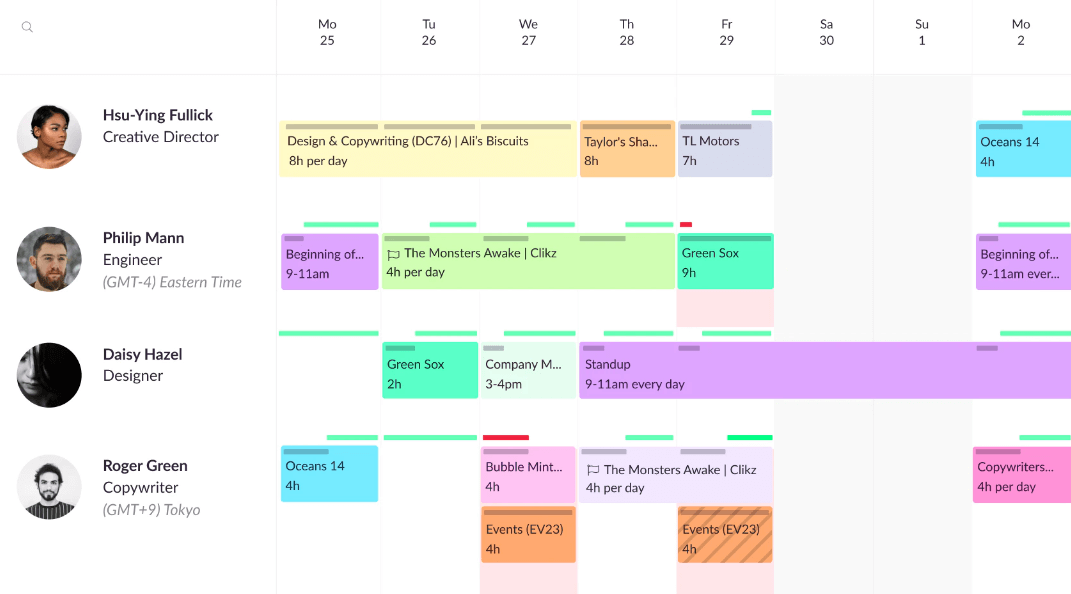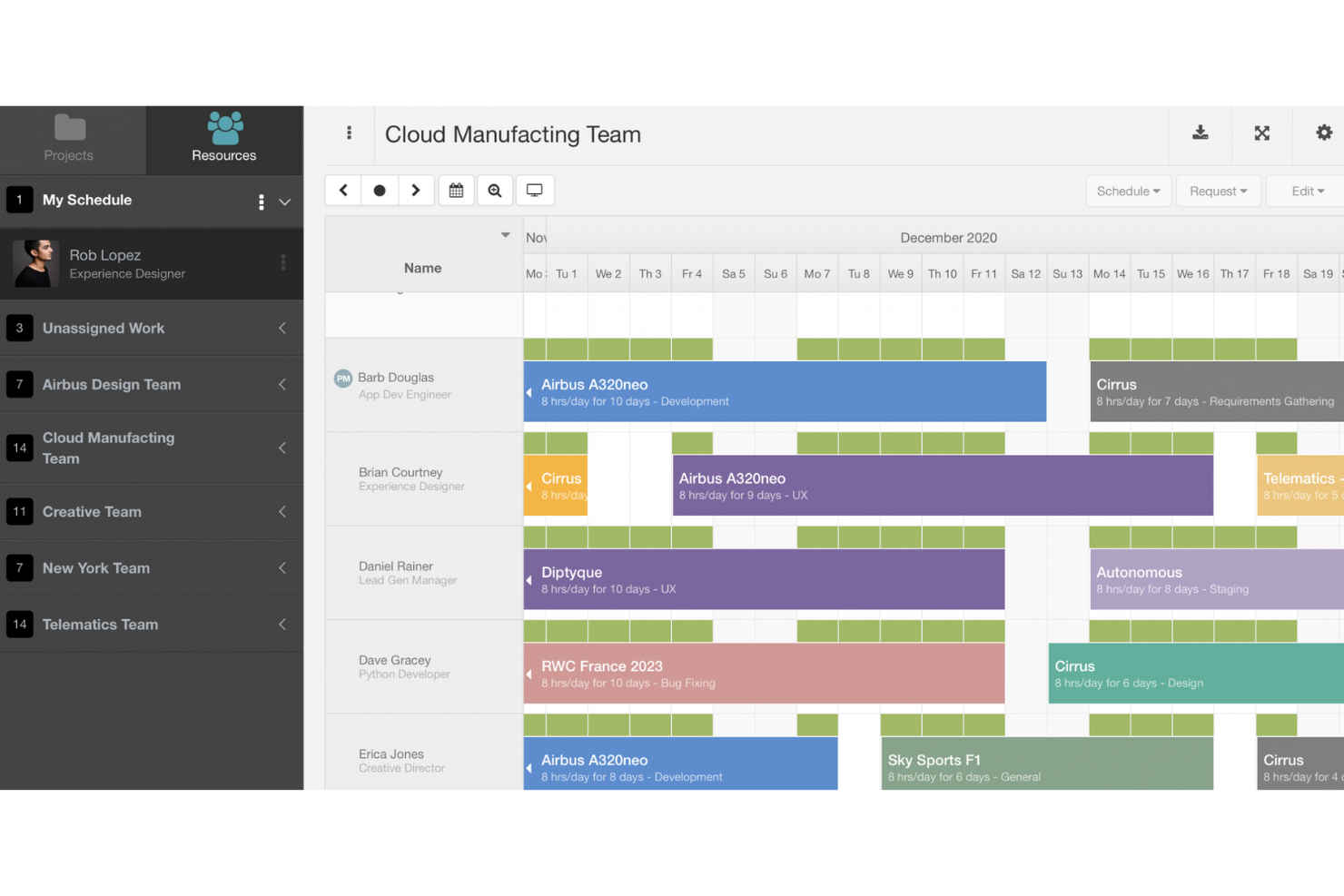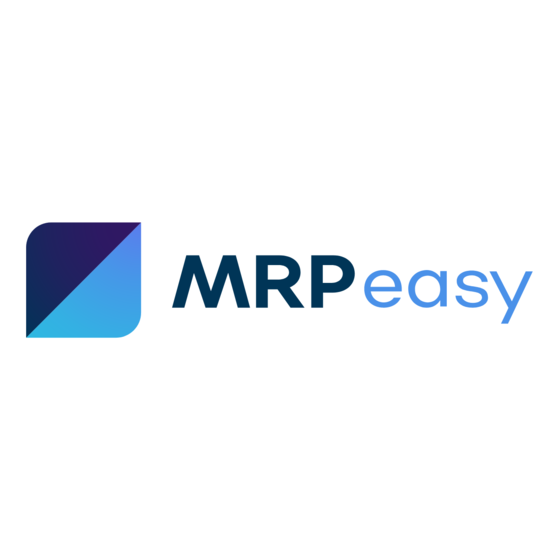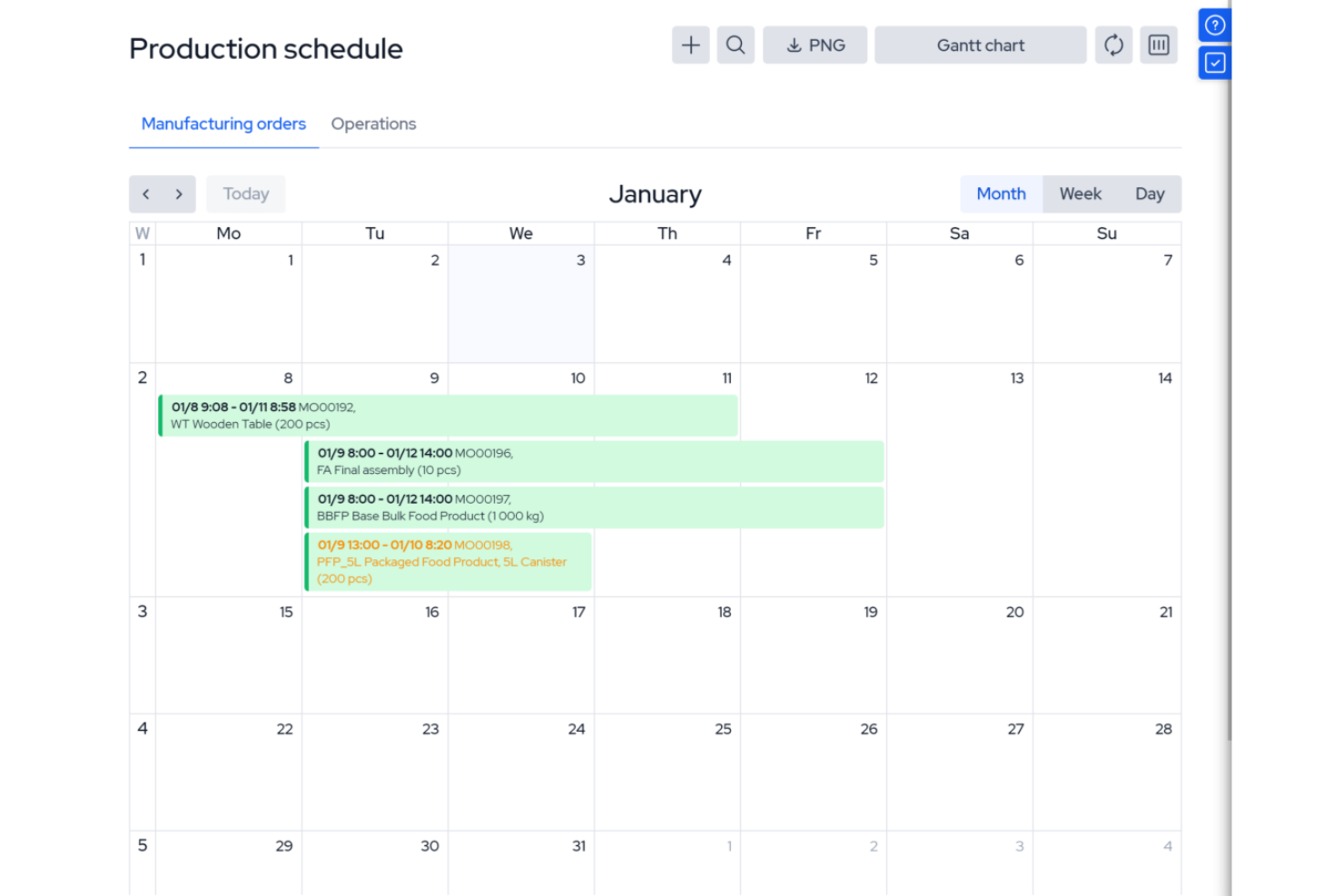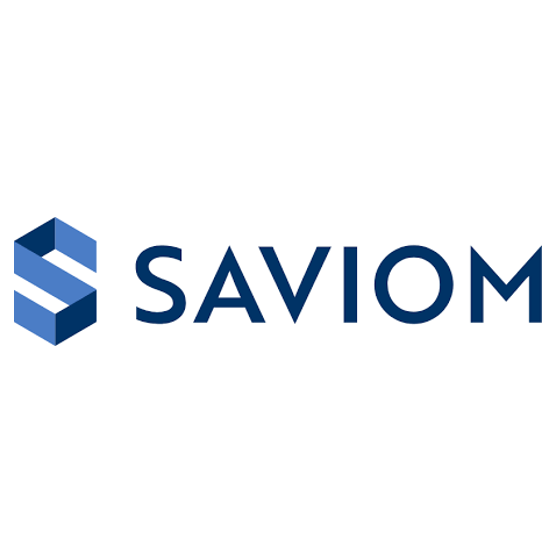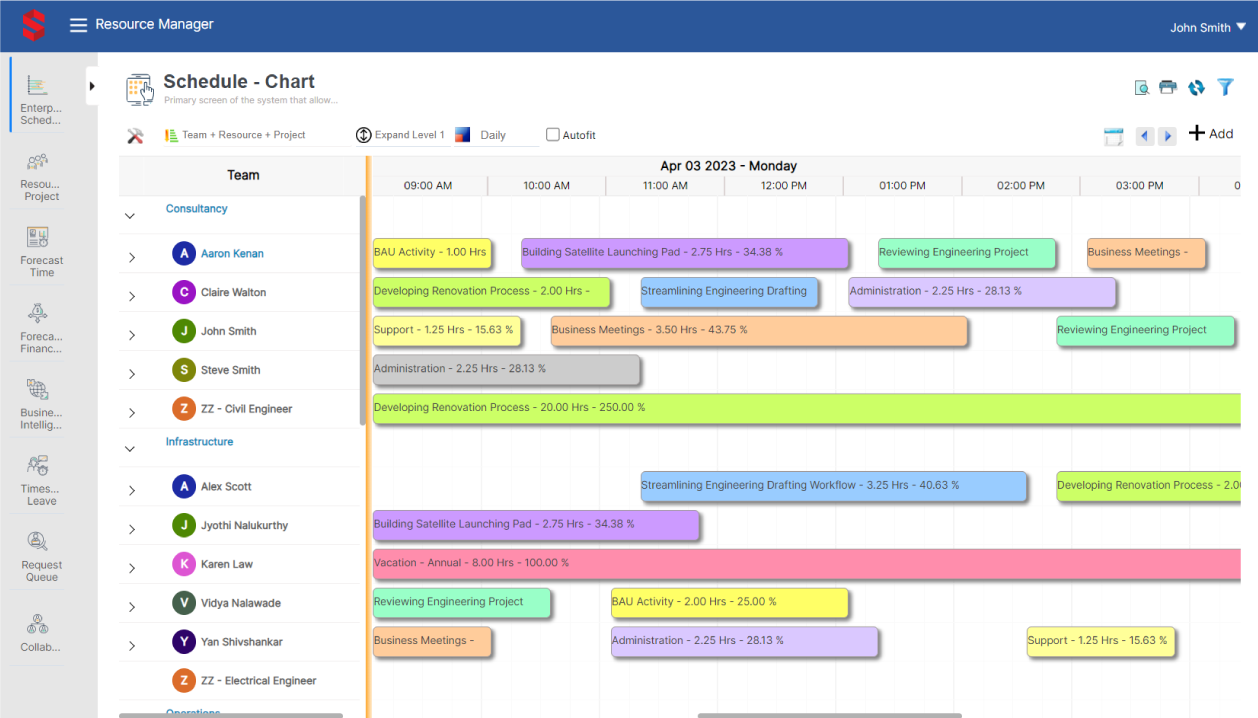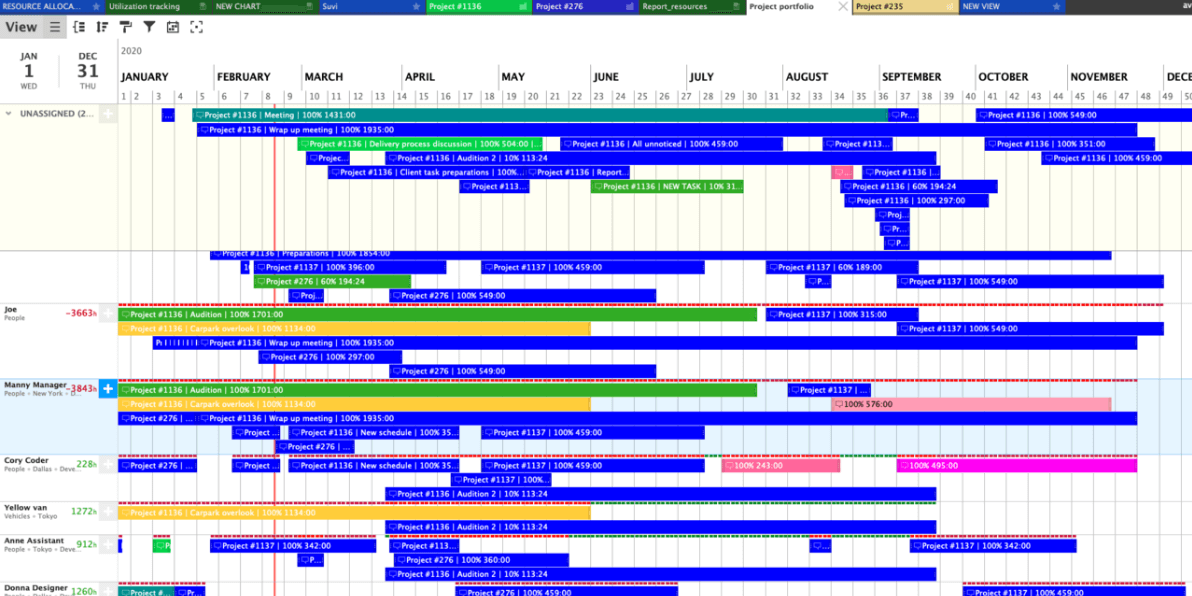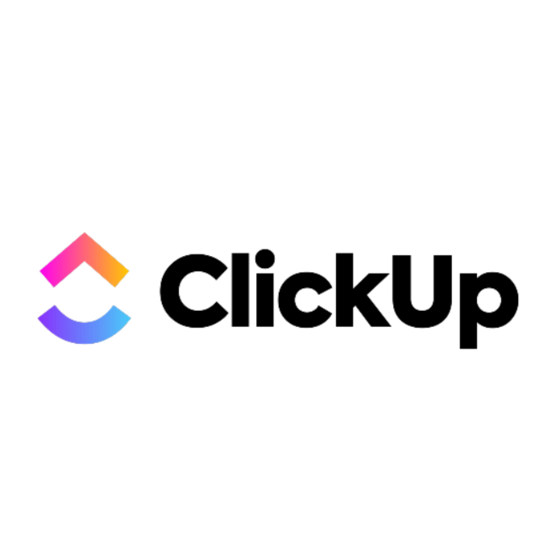10 Best Web-Based Resource Scheduling Software List
Here's my pick of the 10 best software from the 27 tools reviewed.
Get free help from our project management software advisors to find your match.
With so many different web-based resource scheduling software available, figuring out which is right for you is tough. You know you want to schedule and manage resources such as employee time, meeting rooms, and equipment more efficiently but need to figure out which tool is best. I've got you! In this post I'll help make your choice easy, sharing my personal experiences using dozens of different resource scheduling tools with a variety of businesses, with my picks of the best web based resource scheduling software.
What Is Web-Based Resource Scheduling Software?
Web-based resource scheduling software is an online tool that helps businesses and organizations manage and allocate their resources like meeting rooms, equipment, and staff. Accessible through the internet, it provides a platform for scheduling, tracking, and optimizing the use of various assets. This software typically includes features for checking resource availability, making reservations, and managing bookings, all from a centralized system.
Web-based resource scheduling tools ensure optimal utilization of assets, reducing waste and idle time. The software's online nature allows for easy access from anywhere, enhancing flexibility and collaboration among team members. It also offers insights into resource usage, helping in better planning and decision-making. This is particularly useful in environments with multiple shared resources and complex scheduling needs.
Overviews Of The 10 Best Web-Based Resource Scheduling Software
Here’s a brief description of each online resource scheduling software to showcase each tool’s best use case, some noteworthy features, and screenshots to give a snapshot of the interface.
monday.com is a resource management software with resource planning, workflow automation, time tracking, and work management capabilities. If you are not tech-savvy, you will appreciate how easy it is to customize pre-built templates with simple drag-and-drop actions. If you want a visual representation of the progress of projects, monday.com has Kanban boards and Gantt charts to help you out.
monday.com has a huge list of possible integrations that are super easy to connect (think: point-and-click, allow access, start working!). You’ll need a paid plan rather than their free version to take advantage of this feature but it’s well worth the price. You can connect to email marketing platforms, chat tools, social media platforms, marketing software, and other project management solutions (Trello, Asana, Basecamp, Jira).
Features include project management, task scheduling/tracking, resource management, scheduling, budgeting, API, calendar management, Gantt charts, file sharing, time management, email integration, third-party plugins, and notifications.
Integrations include project management apps like Slack, Google Drive, Gmail, Google Calendar, Jira, GitHub, Trello, Dropbox, Typeform, and many more accessible through a paid plan with Zapier.
Parallax is a web-based resource planning and management software that helps companies better allocate their resources to meet the changing demands of their businesses. It gives users a visualization of resources from a top-down perspective, helping them identify inefficiencies, prioritize tasks, and guide strategic decisions by comparing current and future availability data.
Companies can create shift schedules in advance, assign tasks to employees based on their skillsets or availability, and adjust schedules when changes arise. Users can also group similar jobs and projects to identify which tasks require which resources. The utilization forecasting feature shows correlations between workload changes and employee performance, helping users track the impact of workload adjustments on their resources.
Employees can clock in and out using the integrated time clock or via the mobile app, helping them to stay on top of their timesheets. The software also includes automated payroll processing, making it easy for businesses to manage their payrolls accurately and quickly. It can store contact information for employees, equipment, and materials, making it easy to track who is responsible for what task or resource.
Parallax offers integrations with popular third-party tools like Asana, Google Calendar, Jira, Microsoft Teams, and Slack. Developers can also use the API to integrate the tool with custom applications or other third-party systems.
Pricing is available upon request through the website. Users can book a free demo to get a tour of the product.
Runn is a resource allocation and scheduling software with powerful visualization and analytics features. Its simple and intuitive interface makes it easy to keep track of who is assigned to what, spot overbookings, identify resourcing patterns, and more.
Scheduling and allocating resources is incredibly easy. With a drag-and-drop, users can create project phases, allocations, and time off on the Gantt chart and timeline view. Unique to Runn are the real-time charts and scenario planning functionalities, which let users instantly see changes to your team’s workload, availability, and utilization.
Runn’s reporting and analytics features provide up-to-date data in one place to keep tabs on insights like utilization, project variance, and overall financial performance.
Runn can also forecast team capacity and provides users with reports on individual team member capacity. Financial forecasting capabilities include budget, revenue, profit, and cost forecasting.
Runn integrates with Harvest, WorkflowMax, and Clockify, and users can also make use of Runn’s API to build their own integrations.
Run offers a free 14-day trial. A freemium plan is available for companies of 5 or fewer people. For the Pro plan, Runn costs $10 per scheduled person, per month. Annual and non-profit discounts are also available.
Mavenlink is a resource management solution with a resource planning feature to respond to supply and demand changes efficiently. You can use Mavenlink to assess projects and their profitability to improve your company’s financial health. Mavenlink lets you handle multiple teams efficiently because it has dashboards that allow you to assess all your projects simultaneously.
Mavenlink is the best resource management tool for you to ensure that you have the right team members for projects. You can use Mavenlink to keep track of the skills that team members possess so you can harness their skills efficiently. You can also use this functionality to determine areas for improvement and schedule skill training to help your team members gain new skills.
Mavenlink operates its own integration platform (called M-Bridge) that lets you connect to other business apps like CRM, HCM, and financial software. On top of the M-Bridge platform, Mavenlink provides several pre-built integrations with these tools: Expensify, G Suite, Xero, Salesforce, Netsuite, Jira, Hubspot, Slack, Concur, Dynamics 365, Qualtrics, Quickbooks, and Sage Intacct.
Mavenlink pricing starts at $39/user/month and they offer a 10-day free trial.
Resource Guru is a versatile resource management software with equipment management, leave management, and capacity planning capabilities. You can use it to generate project forecasting reports to quickly determine who among your employees are overutilized and prevent employee burnouts. The software also allows you to plan ahead of projects, so you’ll know if you need to hire freelancers or sub-contractors to complete a project on time.
Resource Guru is your best option if you want a resource scheduling software that can help improve team collaboration because team members know what other team members are doing. It can also help you manage team members working overseas because you can immediately see what time it is in their local time zone. Resource Guru has collaboration tools that others do not, like meeting room booking and scheduling for on-site company collaboration.
Resource Guru integrates with other workplace apps if you have a paid plan with Zapier.
Resource Guru pricing starts at $3/user/month and offers a 30-day free trial.
Best for team scheduling, capacity planning, & requesting work
Hub Planner is a cloud-based resource management and project planning software designed to help organizations optimize their workflows and increase productivity. With a focus on effective resource allocation, the software offers features such as capacity planning, time tracking, project scheduling, and reporting to ensure that teams are working efficiently and that projects are delivered on time and within budget. Highly customizable and able to integrate with a range of other tools and systems, Hub Planner is suitable for a variety of industries and organizations of all sizes.
Hub Planner is an ideal tool for web-based resource scheduling as it enables managers to easily view and allocate resources across different projects and teams in real-time. The software's intuitive drag-and-drop interface makes it simple to assign team members to specific tasks and projects, while its advanced reporting and forecasting tools help managers to ensure that resources are being utilized effectively and that future resource needs are being met.
Features include resource management, PTO planning, timesheets, reporting, skills matching, task management, templates, drag and drop scheduler, project budgets, approval flow, smart scheduler, and third-party integrations/add-ons.
Integrations include DIY options via their Hub Planner API and webhook. Or, open an account with Zapier for more options (may incur an additional cost).
Hub Planner costs from $7/resource/month (billed annually) and offers a 30-day free trial.
MRPeasy is a manufacturing resource planning (MRP) software, specifically designed for manufacturing companies. It offers various features that integrate into your operation's regular processes, offering clear visibility into resource allocation, inventory management, production scheduling, and overall team efficiency.
The software has a straightforward interface that simplifies the task of resource scheduling. Its ease of use is especially helpful for teams unfamiliar with digitized processes. Manufacturers can plan their production schedules months in advance or in real time using the Gantt chart or calendar feature. This visual scheduling ensures you can see what resources are needed where, when you need them, and what needs to be done before moving to the next step of production.
Additionally, MRPeasy allows for real-time shop floor reporting, which synchronizes with the rest of the system. For example, when one department updates stock levels, it will automatically update across the entire system, ensuring that all teams are aligned when it comes to resource use and allocation. This real-time inventory tracking feature also helps prevent stockouts or overstock.
MRPeasy integrates with Amazon, Xero, WooCommerce, BigCommerce, Crossfire, Dropbox, Google Drive, OneDrive, HubSpot, QuickBooks, ShipStation, Salesforce, Shopify, Zapier, and more.
Saviom’s multidimensional resource scheduler goes beyond basic allocations and helps build an optimized workforce. Additionally, its Gantt chart view of resources with easy drag and drop facilitates real-time scheduling to meet dynamically changing needs.
This solution provides 360-degree visibility and advanced filters to select the most suitable resources across multiple dimensions, such as skills, role, cost, team, project type, and location, before allocating them to various projects. Besides, you can analyze availability, utilization, etc., and prevent overbooking of resources, thus maintaining a healthy resource index.
Businesses can use the tool’s bulk booking feature to reshuffle resource schedules or implement real-time bulk changes. In addition, the user-friendly interface enables you to split and reassign resources to projects in just a few clicks.
Moreover, it also allows you to create generic bookings to streamline pipeline project management with timely allocations. Forecasting and capacity planning helps identify resource excesses and shortages ahead of time, ensuring an optimized talent pool. Using the leave management portal, you can effectively schedule resources by considering planned and unplanned time-offs. Automated workflow streamlines the resource requisition process and eliminates scheduling conflicts.
The tool’s what-is analysis helps overcome resource constraints to arrive at the most viable resource plan. Besides, the tool’s open seat feature empowers resources to show interest in suitable opportunities which can be considered during allocations for better engagement and quality of deliverables.
This tool can integrate and sync seamlessly with all your existing applications, including ERP, ERM, Project planning tools, PPM, and HR management systems. Further, it will effortlessly align with your calendars, emails, MS Project, Excel, and other applications. This helps maintain a single source of truth across the organization and eliminates the chances of double data entry.
Saviom has a tiered pricing model, which depends on the number of custom licenses the user buys. It also offers a 60-day free trial.
Ganttic is an online resource planning software with over a decade of experience in this space across 50+ industries, from consulting to construction to science. If you need a resource management tool to schedule people, machinery, vehicles, rooms, and equipment, then Ganttic is worth looking into. You can use Ganttic to get a clear overview of all existing projects and resources, so you know the state of your workforce and plan to prevent overextending your resources.
Ganttic is best for you if you need software to manage your portfolio because you can use Ganttic to view your portfolio projects and resources in one unified view. With Ganttic, you can assess if a project is lagging so you can implement stop-gap measures. The visual overview that Ganttic provides can also help you find project leads and team members for additional or last-minute tasks because it allows you to see who is available according to prerecorded capacity planning numbers.
With a bit of tech knowledge, Ganttic API lets you integrate the platform with in-house applications or third party software. A paid plan through Zapier will net you the same result with less backend work from your IT team.
Ganttic pricing starts at $25/month for up to 20 users. Ganttic has a free plan for up to 10 users.
ClickUp is a project management and resource management app you can use to improve how you handle projects and tasks. You can use ClickUp to track milestones, so you are always aware of the status of your projects. ClickUp can also improve teamwork with the help of embedded team collaboration tools such as team chat and file-sharing.
Simple and repetitive tasks can be time-consuming and if you’d rather focus on critical projects then ClickUp’s workflow automation is what you need. Automating tasks can also ensure that project details get updated in real-time. Automating workflows can also help make your team members happier because their workloads are free from menial tasks. Their automations unlock on their free plan (100 actions/month), which is more generous than most other tools.
ClickUp offers native integrations with Slack, G Suite, Dropbox, and many more tools, as well as over 1,000+ integrations through Zapier.
ClickUp pricing starts at $5/user/month, and there is a 14-day free trial. ClickUp has a free plan with feature limits (100 Gantt chart views, 100 mind maps, etc.).
The 10 Best Web-Based Resource Scheduling Software Comparison Chart
Here is a table you can use to compare all the options we just covered in the overviews.
| Tools | Price | |
|---|---|---|
| monday.com | From $8/user/month (billed annually, min 3 seats) | Website |
| Parallax | Pricing upon request | Website |
| Runn | From $10 /person managed/month | Website |
| Kantata | From $19/user/month (billed annually) | Website |
| Resource Guru | From $3/user/month | Website |
| Hub Planner | From $7/user/month (billed annually) | Website |
| MRPeasy | From $49/user/month | Website |
| Saviom | Pricing upon request | Website |
| Ganttic | From $25 month/20 resources/ unlimited users | Website |
| ClickUp | From $7/user/month | Website |

Compare Software Specs Side by Side
Use our comparison chart to review and evaluate software specs side-by-side.
Compare SoftwareOther Resource Scheduling Options
Here’s a few more that didn’t make the top list but are worth your consideration.
- Smartsheet
Best for utilization reporting
- Wrike
Best for time tracking
- Float
Best for digital agencies and production teams
- Celoxis
Resource management with overload alerts and dynamic dashboards
- Birdview
Best for professional services companies
- Planview
Best for professional services
- Silverbucket
Best for skills mapping and utilization visibility
- eResource Scheduler
Best for allocating the right resources
- Polaris PSA
professional services automation software with project and resource management capabilities.
- JIRA
Software development program with resource scheduling tools best for software dev project management teams.
- Asana
PSA software with customizable dashboards you can use to schedule resources. Free plan available.
- Float
Project management tool that enables you to plan projects and allocate resources.
- KeyedIn
Project portfolio management software with resource management functionality.
- Retain
Resource management platform you can use to optimize utilization and improve cost management.
- WorkOtter
SaaS project, resource, and portfolio management solution.
- Meisterplan
Resource management software you can use to improve capacity management and utilization.
- HubPlanner
Resource management solution that allows you to view, plan, and deploy resources.
How I Picked The Best Web-based Resource Scheduling Software
To select the best software, I first grabbed a list of all the popular tools for their scheduling features. Then, using my experience in project management, I narrowed down the list by comparing their offering. Finally, I selected the top tools and used the criteria below for my evaluation.
User Interface (UI)
A user-friendly UI is crucial in software like this. It allows you to quickly identify which resources are under or over-allocated. Then, letting you access configurable views where you can reassign tasks, add resources, remove allocations, and more.
Usability
The best resource management software offers drag-and-drop scheduling that quickly lets you get around the planning software. The easier it is, the faster you can learn the software. Therefore, I look at the ways in which you can learn to use the tool.
Integrations
I look for software that allows customization through the integration of other productivity tools, including ones for communication, CRM, and accounting. Consequently, I give you details about the built-in, custom, and third-party integration options available.
What key features are in resource scheduling software?
- Reporting and analytics: Gives you the ability to analyze business intelligence data and compile them into reports you can share with colleagues and stakeholders.
- Workflow automation: Allows you to streamline workflow by automating repetitive tasks.
- Forecasting: Enables you to anticipate future needs so you can adjust your resource schedule depending on changing demands.
- Portfolio management: Allows you to manage multiple projects and track them, ensuring that all projects will finish on time.
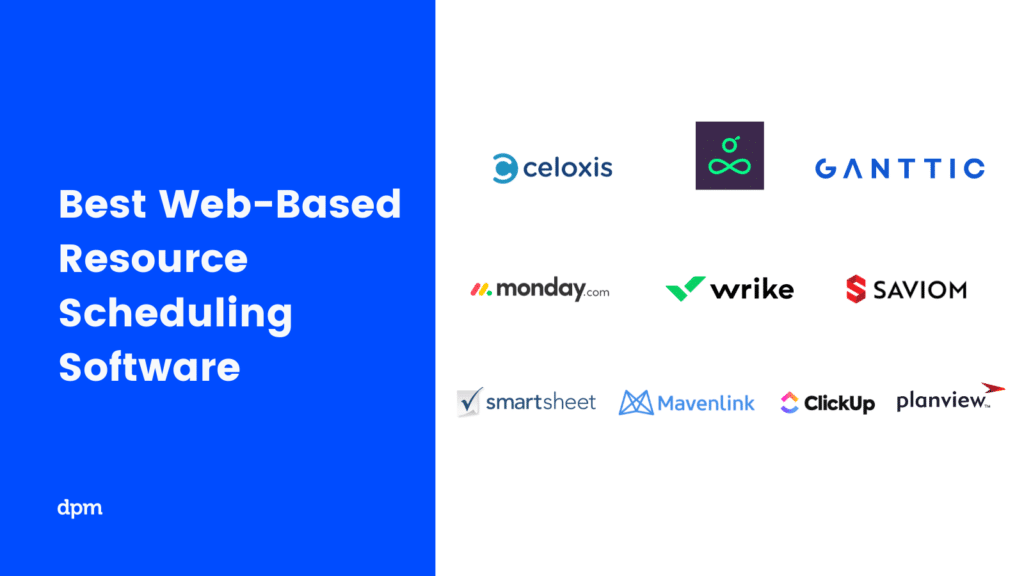
What's Next?
While we are on the topic, I suggest you read more about how to nail project scheduling and the key resource allocation methods in project management. Resource management has come a long way from manual tracking, ledgers, and inventory sheets. Therefore, you can now use software that allows you to manage all your company’s resources in one platform.
Related tool lists:
If you want to learn about other software that can help your company excel, subscribe to The Digital Project Manager today!




